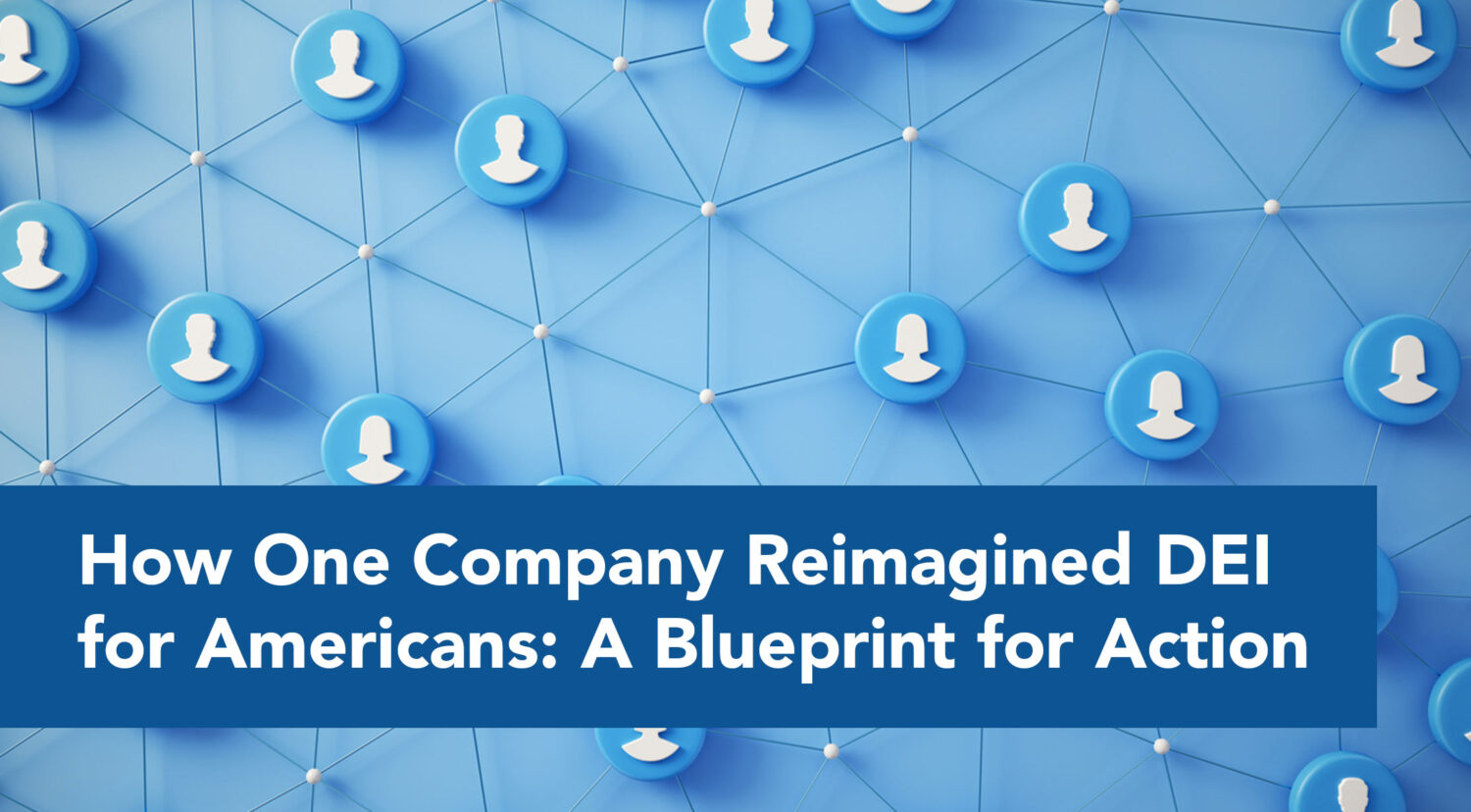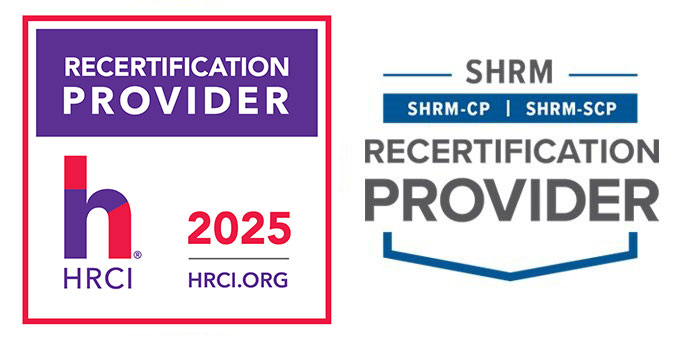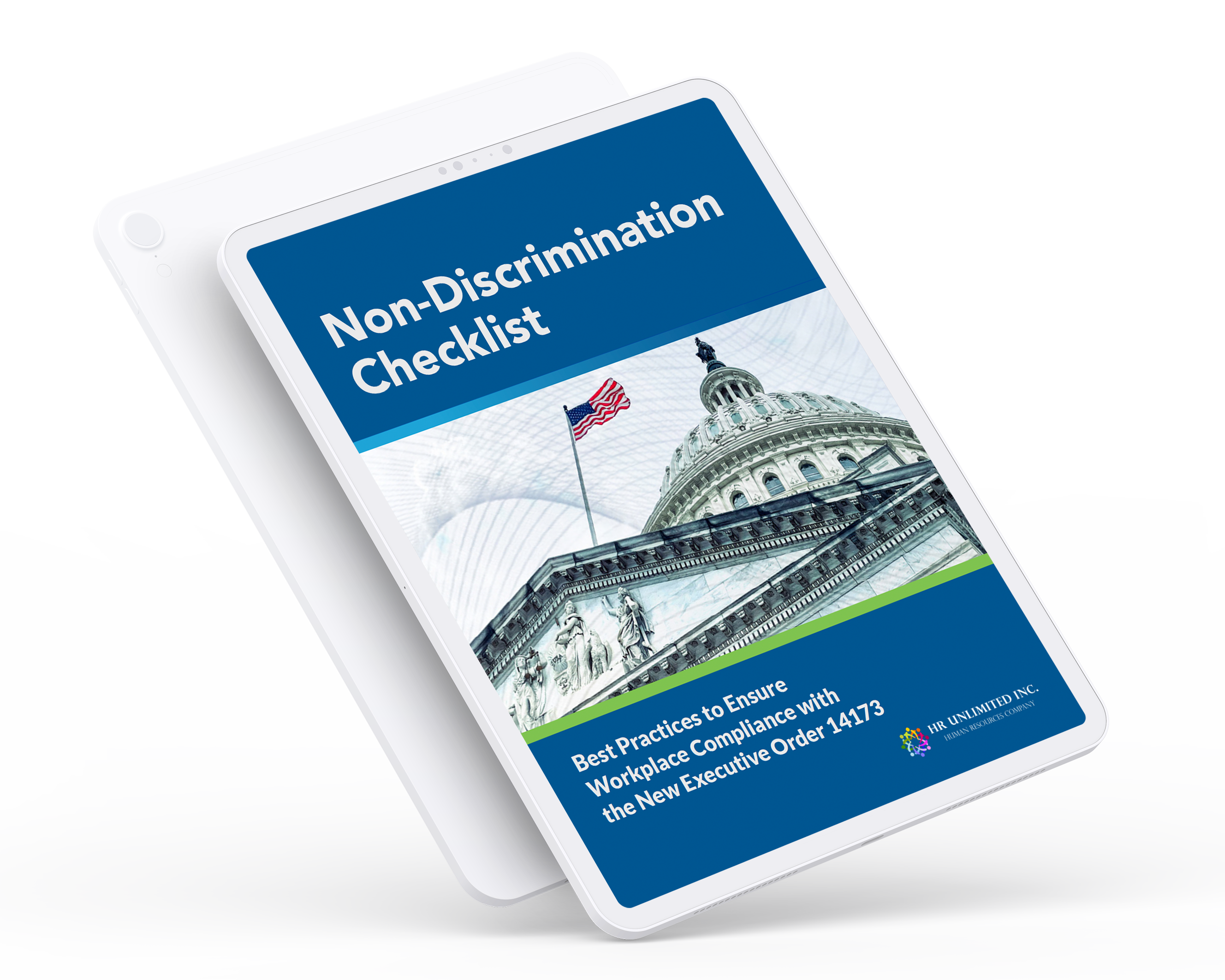

When Sapphire Tech, a mid-sized federal contractor in the heart of Colorado, set out to redesign its approach to diversity, equity, and inclusion (DEI), it wasn’t in response to a crisis or a public relations need. It was driven by a simple but bold vision: to create a workplace where every American could thrive regardless of background. This is the story of how they did it and a blueprint for how any organization can make DEI meaningful, measurable, and mission-driven.
Making DEI a Business Imperative, Not a Siloed Program
Sapphire’s leadership started where many companies stumble: they stopped treating DEI as a side initiative and embedded it into their core strategic plan. DEI goals weren’t just tacked onto HR policies, they were integrated into everything from growth strategies to innovation pipelines. As their CEO put it, “If DEI isn’t central to how we make decisions, it won’t be central to how we operate.”
Starting with the Truth: A DEI Audit
Before launching new programs, the company looked inward. An internal DEI audit was conducted, reviewing representation at every level, analyzing salary trends, and inspecting hiring and promotion patterns. The data told a sobering story: while the company was diverse on paper, opportunities for advancement weren’t equally distributed. This insight became the foundation for their change strategy.
Reengineering Hiring to Minimize Bias
With clarity came action. Sapphire restructured its recruitment process, introducing blind resume screening, standardized interview questions, and requiring diverse panels for all leadership hires. This didn’t just reduce bias, it built trust. Candidates reported feeling the process was more fair and inclusive, and hiring managers found that the quality of hires improved.
Promoting Pay Equity with Transparency
A major turning point came when the company published its first pay equity audit. It revealed disparities that had long gone unnoticed. Leadership didn’t flinch. They committed to closing gaps immediately and began regular audits tied to compensation planning cycles. Employees took notice and trust soared.
Leveraging Data and Technology to Track Progress
To make DEI efforts sustainable, Sapphire invested in data analytics. A dashboard was created to track representation, promotion rates, and pay equity across departments in real-time. This wasn’t just about optics, it was about accountability. Managers now had concrete metrics tied to their performance reviews, ensuring DEI wasn’t just an idea, but a deliverable.
Training That Moves Beyond Checkboxes
Gone were the one-off training sessions. Instead, employees participated in interactive workshops focused on systemic inequity, allyship, and interrupting bias in everyday decision-making. The company also shifted the conversation from compliance to courage, encouraging people to share their lived experiences, reflect on their assumptions, and actively shape a more inclusive workplace.
Building a Culture of Belonging
Sapphire’s culture began to transform when they launched company-wide employee resource groups (ERGs) and inclusive mentorship programs. These weren’t just networking spaces—they were incubators of innovation, empathy, and leadership. ERGs influenced policy changes, product design, and customer outreach, showing that inclusion wasn’t just good for morale; it was good for business.
Tying DEI to Results, Because What Gets Measured, Gets Done
Finally, Sapphire made DEI measurable. Key performance indicators (KPIs) such as promotion rates of underrepresented employees, retention scores, and pay equity outcomes were embedded into performance evaluations for managers and executives alike. These weren’t soft metrics, they were hardwired into compensation and advancement decisions. Sapphire Tech’s story is not unique, but it is instructive. For DEI to work in today’s America, it must go beyond performative statements. It must be operationalized, measured, and lived daily. Because when every American has a fair shot at opportunity, everyone wins, including the business.
The enforcement of Executive Order 14173 is transforming compliance requirements for federal contractors. Join us on August 6, 2025, at 10:30 AM PST for an exclusive virtual roundtable led by government officials for clear, actionable guidance to navigate the evolving regulatory landscape confidently. Learn more about this webinar
If you’re ready to strengthen your compliance and equity efforts, we’re here to help. Contact us today to learn how we can support your EEO and non-discrimination goals.





